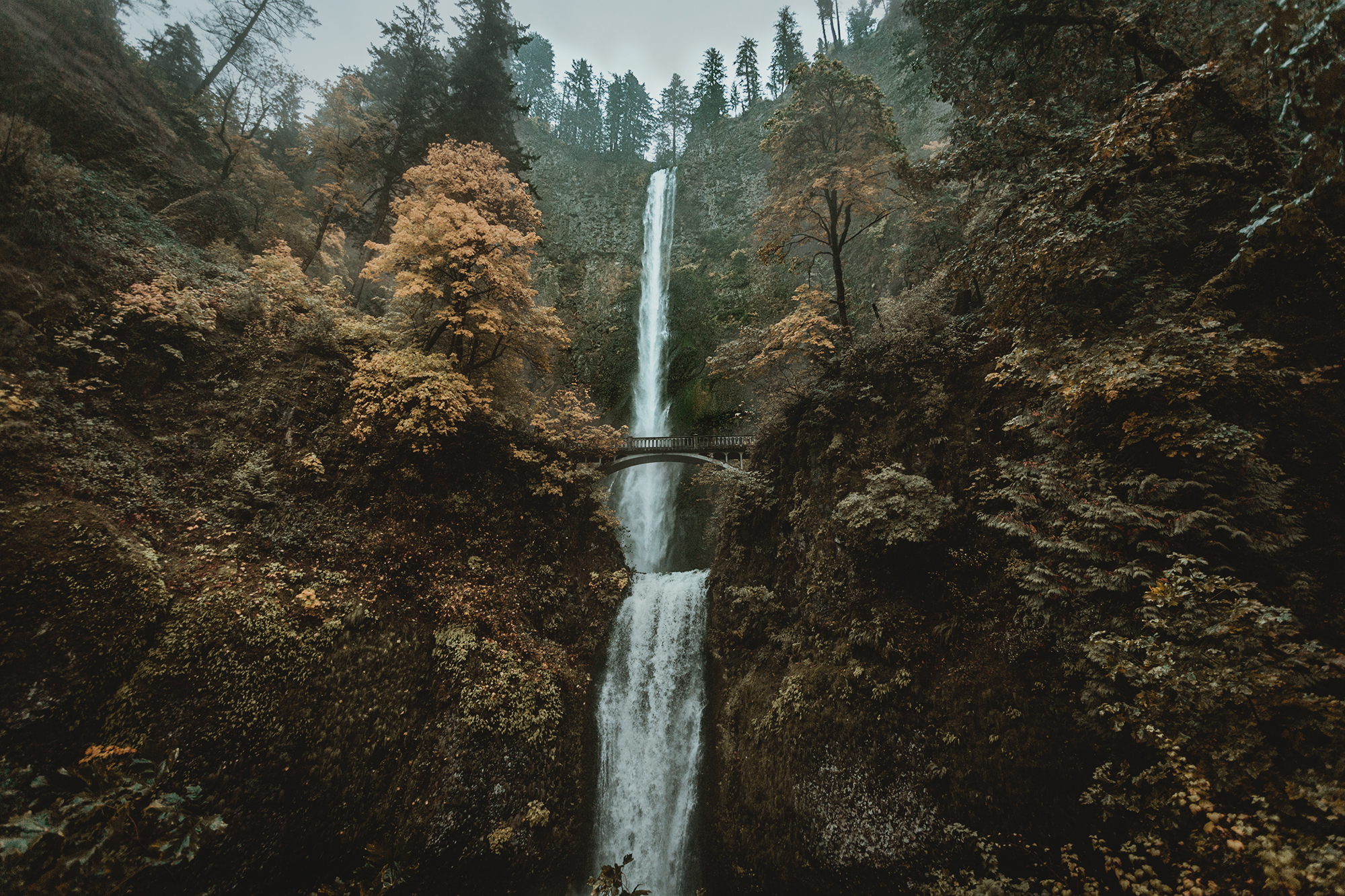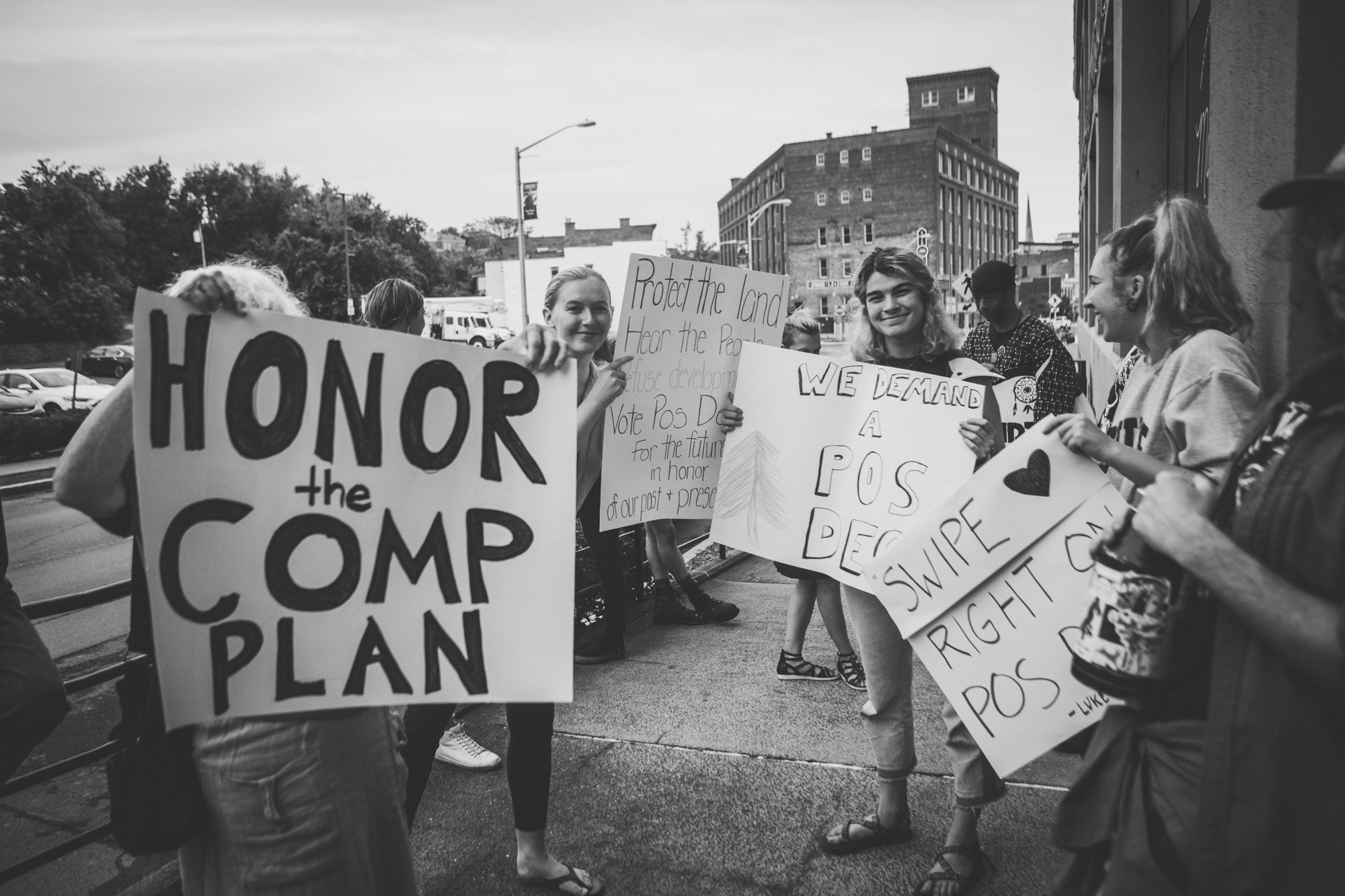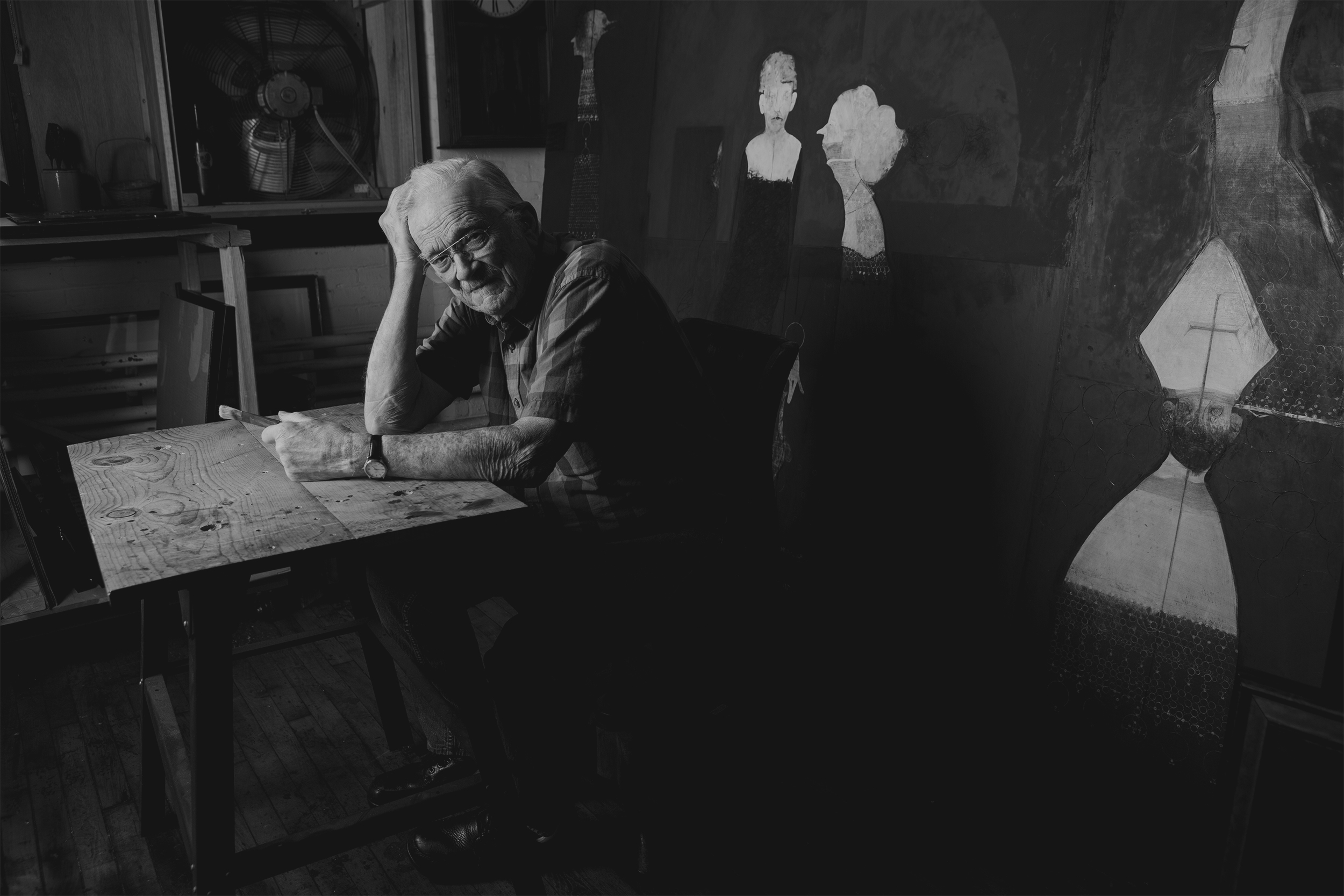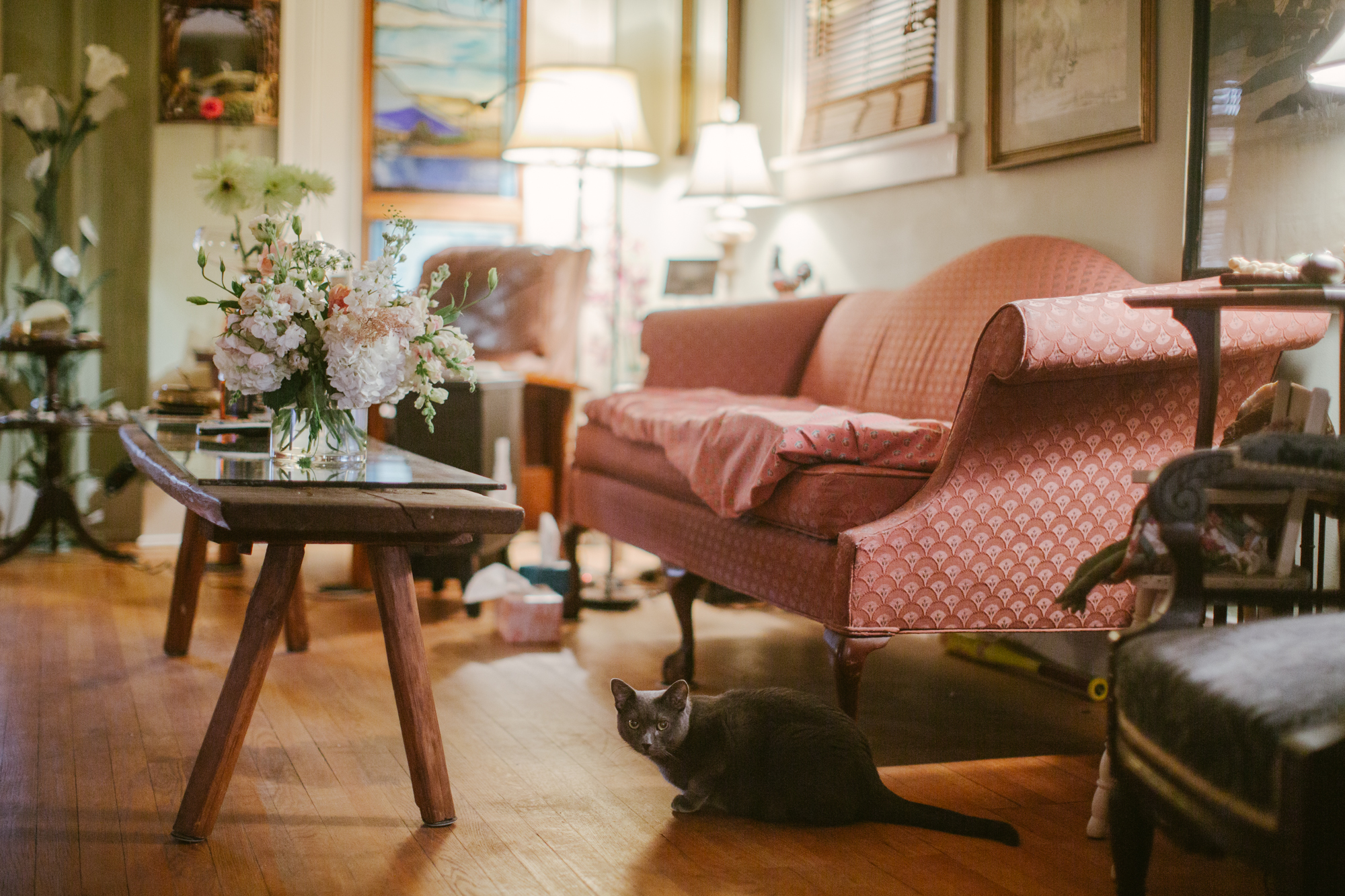A Very Brief Visit To The Pacific Northwest

I was fortunate enough this past October to break free from the restrictions of Covid, and travel for a very brief visit to Oregon and Washington state. I was there on an assignment, so I only had two days to explore the amazing natural areas the near Stevenson, WA and the Columbia River Gorge and the Oregon coast.

This was my first visit to this part of the west coast, and I was thankful to have even a brief time being able to explore – despite the fact that I had arrived just as a bomb cyclone was forming off the Oregon coast and the entirety of the trip I was rained upon. However, I did not let that deter me from taking in the natural beauty of the area. I spent an afternoon visiting the beautiful Ainsworth State Park in Cascade Locks, OR – eventually making my way to Multnomah Falls. As a geology and botany nerd, I was in awe of the basalt formations, the towering trees and the abundance of lichen covering almost every surface. Despite the rain, the park was quite busy that day, and navigating through the parking and traffic near Multnomah Falls definitely required some patience.



Multnomah Falls is the tallest waterfall in the state of Oregon, and the second tallest year round waterfall in the US at 620 ft (189m). The falls were formed 15,000 years ago during the Missoula floods. According to the creation story from the Multnomah tribe (from whom the falls take their name), the waterfall was formed after a young woman sacrificed herself to the Great Spirit to save Multnomah village from a plague, by jumping from the cliff, and the Multnomah peoples were saved. After her death, water began to flow from above the cliff, creating the waterfall. (Wikipedia). The falls were also noted in the journals of Lewis and Clark during their expedition through the Columbia River Gorge in 1805.
After my visit through the park, I headed back into Washington over the Bridge of the Gods, and headed up towards Stevenson and beyond – completing a day of exploration with pit stops along the road side trails leading to more fog covered hillsides and hidden waterfalls. I had hoped to make it to Mt. St. Helens during this trip, but the rain and fog would have made for poor visibility and I felt that experience would be better left to a return visit during the summer months.


On the last full day of my Cascadia adventure, I took the drive from Stevenson, back into Oregon to visit the famed Cannon Beach. By this point, the bomb cyclone was beginning to impact the coast with heavy rain, wind and coastal flooding – but it felt like an adventure I could not pass up regardless of the weather. The drive through the mountains to reach the coast was a bit harrowing. The winding roads, lined by some of the tallest trees I have ever seen, were saturated – the rain making visibility difficult. I was finally able to make it to the coast in one piece, and easily found an area to park where I could quickly walk to Cannon Beach. Somehow, I got lucky and the rain ceased as I made my way to the ocean. The low, thick grey clouds looming just beyond Haystack Rock promised a quick return to stormy conditions, but a few breaks of sun were able to make their way through the clouds.

Composed of basalt, Haystack Rock was formed by lava flows emanating from the Blue Mountains and Columbia basin about 15-16 million years ago. Haystack Rock was once joined to the coastline but years of erosion have since separated the monolith from the coast. Three smaller, adjacent rock formations to the south of Haystack Rock are collectively called “The Needles”. (Wikipedia)

The beach was covered large stalks of kelp and sea foam blow in from the rough waves and wind, the foam traveling in fluffy in sheets across the sand during low tide. I was hoping to come across some of the agates that are found in this area along the coast, but to my dismay only found plastic conglomerate rocks in various colors and formations instead. It was quite alarming how some of them resembled natural rock formations, and the abundance of them strewn along the beach. While searching for agate, at one point myself and another family walking near me, were caught off guard by a rogue wave that came up to our thighs and threatened to carry us all out to sea. After regaining my balance, assessing to make sure my camera wasn’t a victim of the sea and realizing my boots were now filled to the brim with cold salt water – I decided it was probably best to head back to the car and warm up – which was good timing as the slivers of sunlight had disappeared and were promptly replaced with rain once again.

Upon returning to the car, I made the call to head back to Portland to dry off and explore a bit of the city as I had to leave early the next morning to catch my flight home. Despite it being a whirlwind adventure, I was able to knock a few things off my bucket list, and add a few new things to it for when I return.








